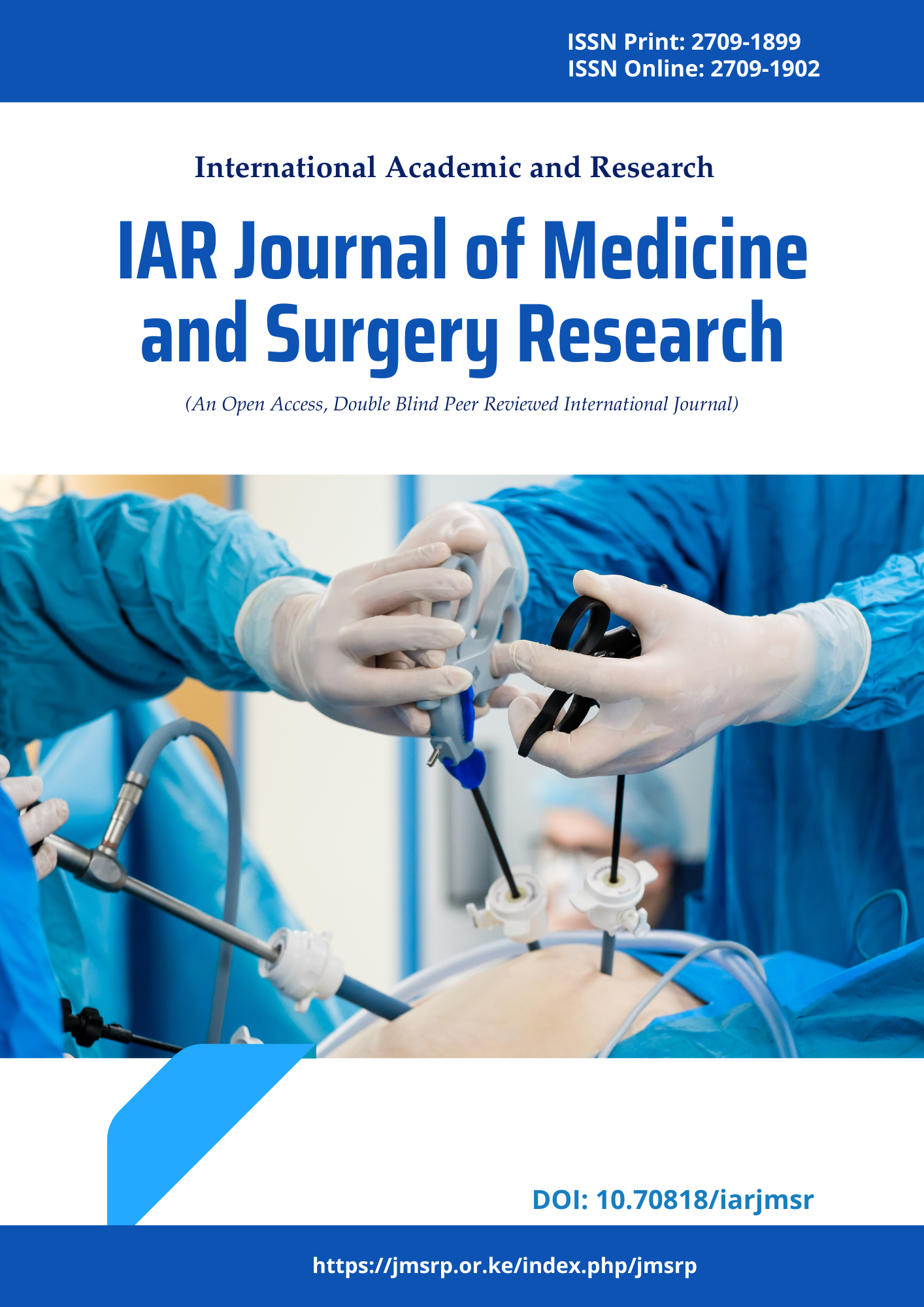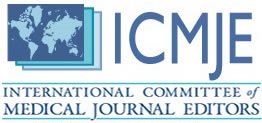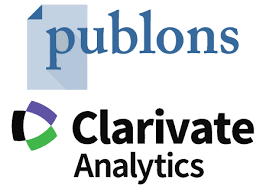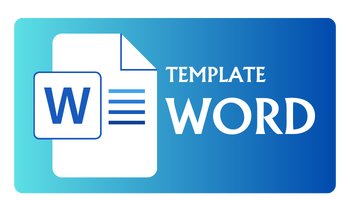Non – Invasive Ventilation in Patients with Type 2Respiratory Failure
DOI:
https://doi.org/10.47310/iarjmsr.2021.V02i02.02Keywords:
Non-invasive positive pressure ventilation (NIPPV), Endotracheal intubation, Complications.Abstract
Non-invasive positive pressure ventilation (NIPPV) as an alternative to the endotracheal intubation is associated with less infectious complications and injury to the airways. In a study cohort which included 50 patients with type 2 respiratory failure with the commonest diagnosis of copd exacerbation with or without associated co-morbidities, mechanical ventilation with nippv was applied and the response was observed. There was significant improvement with nippv in form of increase in pH, pao2 and decrease in paco2 and hco3 after one hour of nippv application which also persisted after successful weaning. This is a prospective and Observational study was carried out during April 2018 to March 2019. In a BiPAP mode inspiratory pressure (IP) is kept 8-10 cm above the end-expiratory pressure (EP). If PSV mode used for NIPPV the IP to start with was kept on 15-20 cm H2O with a small PEEP of 4-5 cm H2O. Nippv was successful in 84 patients in our study cohort with 62 patients weaned successfully off Nippv. Use of NIPPV was associated with lesser risk of nosocomial infections, less antibiotic use and lower mortality as compared to patients who are equally ill and do not received Nippv. Nippv is a METHOD of providing ventilatory support using a noninvasive interface with the patient and thus circumvents the complications of invasive mechanical ventilation like ventilatorassociated pneumonias (vap), injury to airways, barotrauma and post intubation laryngeal and tracheal stenosis.The study, demonstrated that nippv is not only a feasible ventilatory modality but also a treatment that is associated with significant improvements in clinical outcomes.
















